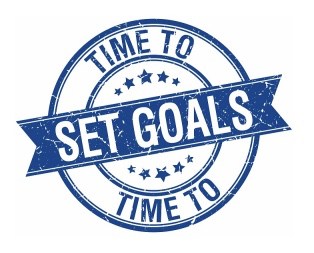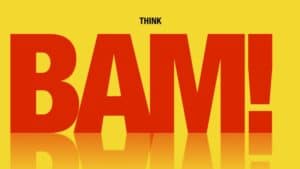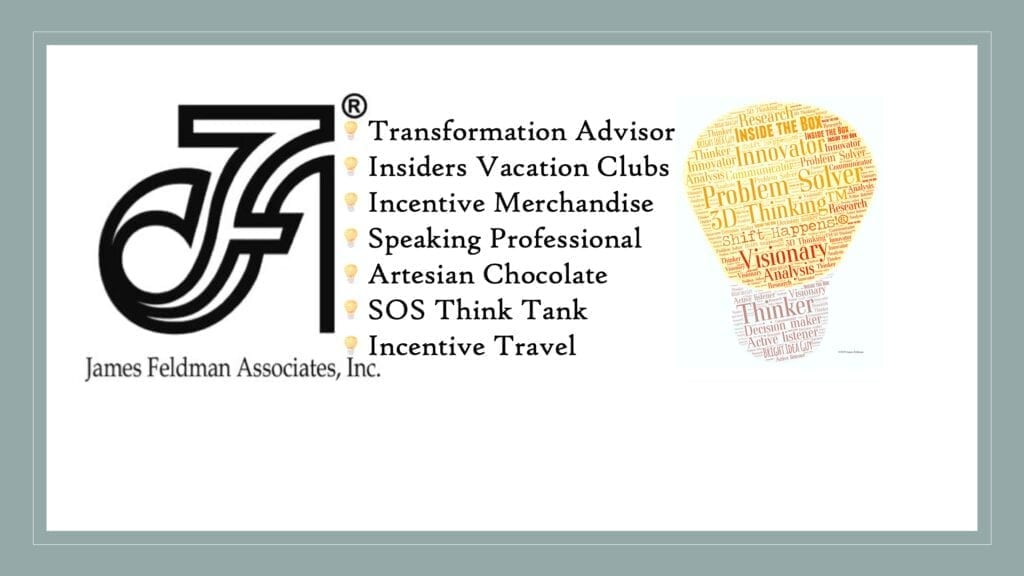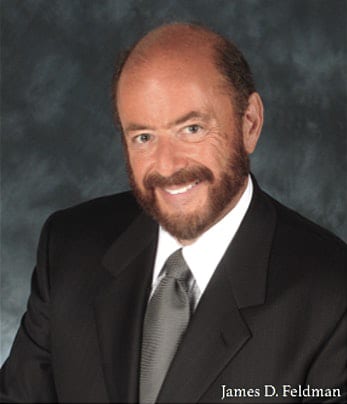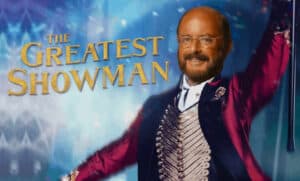Tom has worked at his automotive dealership selling trade-in cars for more than four years and knows he does a great job. His boss even tells him so. He’s been wanting to ask for a raise for several months, but it just never seems like the right time to ask. At least, that’s what he keeps telling himself. He knows he is on commission, but that income is not steady.
However, could it be that Tom is afraid of rejection? Alternatively, on some level—perhaps a subconscious one—he doesn’t feel he “deserves” to get paid well for the work he does? Performance Improvement is measurable. Those measurements can be used to determine an appropriate reward.
“In every human endeavor there are two arenas of engagement: the outer and the inner,” says Tim Gallwey, author of The Inner Game of Work. “The outer game is played on an external arena to overcome external obstacles. The inner game takes place within the mind and is played to overcome the self-imposed obstacles.”
You can try harder to change by taking more action in the “outside,” physical world. However, if you’re empowered by limiting beliefs and negative feelings, chances are you’re just going to go faster in the wrong direction. Most salespersons manifest a strong personality on the outside but may have limited beliefs on the inside.
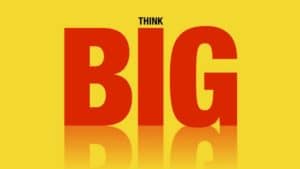
• Fear. Probably the most popular culprit, the list of worries is endless. Whatever your fears, they prevent you in some way from experiencing your full potential.
• You are thinking small. If you expect less, you get less. You have to think big and believe you can have success before you experience it.
• You are out of balance. When we overfocus on specific areas of our lives to the exclusion of others, we experience stress and incongruence. Creativity is then compromised.
• Lack of motivation. Without passion for what you’re doing (or at least a big payoff), it’s challenging to get moving in any direction.
Once you determine your specific roadblocks, it’s time to face them head-on, reprogramming your beliefs and defining (or redefining) your life priorities and purpose. Working with a coach helps many to determine a practical strategy for navigating the roadblocks.
Steven Covey of Seven Habits suggests writing a personal mission statement (as you would for a company) and then organizing your life around it.
For the goals that seem impossible to accomplish, Barbara Sher, career counselor, and the best-selling author suggests throwing an “idea party.” For many businesses, they call it a MasterMinds group.
Get a group of people together and take turns throwing out your ideas and their obstacles—you’ll be surprised at some of the creative answers you’ll receive.
However, whatever you do, keep looking inside. Take responsibility for what you create externally and work on winning the inner game. When you do, you’ll start earning in the outer world, too.
Now let’s apply this discussion to a real-world example.
Over 6.3 million vehicles sold in the United States in 2017. Did you know that 3 of 4 of those automotive sales involve a used car?
Toyota came to our company to discuss the fact that the used car salespersons did not feel they were a part of the promotions, advertising, and motivation focused on the new car salespersons.
Most car dealers pay commissions. They may offer a small salary or even a draw to help level out income. However, the bulk of a salesperson’s income is based on performance. Margins are higher on used-vehicle sales than new-vehicle sales. So why couldn’t they offer more for each sale?
There are many variables in trade-ins. Some need little work; others need so much they are often moved to auto auctions instead of taking up space on the lot. Used car salespersons have few, if any say, in the final determination of what is kept and what is ‘wholesaled.’
Used car salespersons turn over at dealerships at a higher rate than new car salespersons.
So the issues are compensation, retention, and recognition.
We surveyed over 100 dealerships and their sales teams. What we discovered was that recognition was more important than any other factor in keeping used car salespersons.
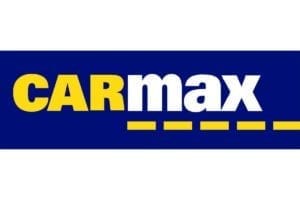
However, there’s a fair amount of anxiety that goes with buying a used vehicle online or at a free-standing parking lot. People like to buy from people. Also, if there is trust, then the price isn’t as much of a fact in the buying decision.
Now, what makes CarMax such a draw for used car buyers is excellent marketing that espouses a low-stress, hassle-free car buying experience.
For us, that meant we needed to educate the Toyota used car salespersons and offer a meaningful incentive as well as a tangible recognition. Cash was not the answer. We focused on the need for the attention our survey revealed from the used car salespersons we interviewed.
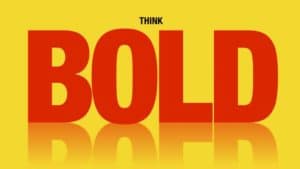
CarMax’s brand is synonymous with transparency. The retailer has a no-haggle policy for used-vehicle prices and trade-in offers. CarMax gives free, no-obligation valuations and offers consumers a price that’s good for seven days.
This is proof many consumers don’t care about the lowest price. Instead, they care about pricing transparency and fair treatment. CarMax also offers a consistent, consumer-driven shopping experience that fans rave about.
This brand experience is similar to McDonald’s. When I was young, and on family road trips, we always stopped at McDonald’s. McDonald’s might not be the best food option in town, but you know it’s good and you know what you’re getting.
Customers know what to expect at CarMax.
To compete with the CarMax brand, Toyota used car salespersons needed to increase pricing transparency, invest in digital retailing technologies, and design a car shopping experience that consumers will love.
CarMax plays Moneyball, hiring MBAs with backgrounds in data science and statistics. Used-vehicle purchases and selling prices are based on real data.
Many traditional used-car managers still rely on experience, knowledge, gut feelings, or emotion when buying and selling inventory. The beautiful thing about data-based decisions is they take personal bias out of the equation.
Fortunately for dealers, there are some great tools available like vAuto that provide the data to buy smart and price to market.
Here’s what we suggested.
There’s no reason franchised dealers can’t operate the same way. Whenever reconditioning improvements are made, we advised them to keep track of what they did, how much you spent, and whether you got value out of it.
Focus on the ‘recognition,’ not compensation. If the salespersons are happy, and they have the tools they need to be competitive, then it is up to them to make the sale.
One of the most frequently suggests ‘recognition’ items was a Rolex Submariner. If the watch has a date window, it was about $8,550, without a date window, $7,500. The watch has maintained the same look since it was its inception in 1953. That triggered an idea.
Toyota and its dealers wouldn’t agree to spend that much money on an incentive/recognition award. However, with thousands of ‘used’ Rolex Submariners in the marketplace, we could offer the ‘used car’ salesperson and ‘used Rolex Submariner.’
The program was so successful many of the new car salespersons trying to move over to used cars to obtain one of the watches.
Toyota’s expectations for selling used cars during the promotion time frame were exceeded by 800%, and sales at some dealerships were so robust they ran out of used vehicles.
Go figure? Shift Happens!

